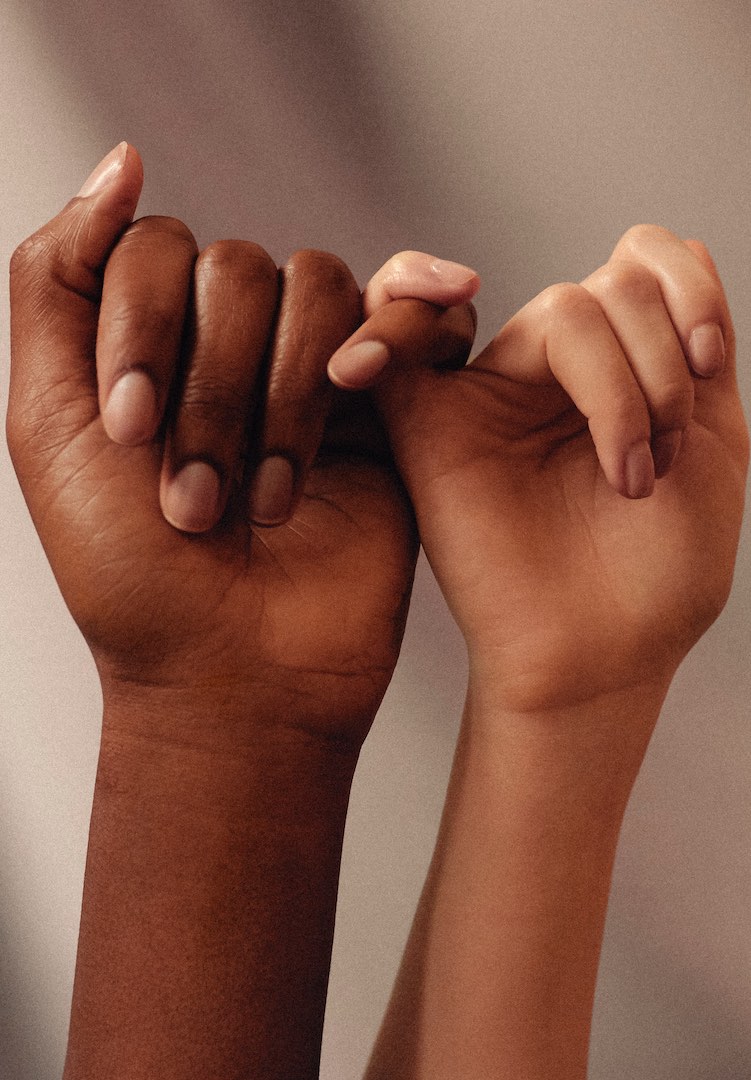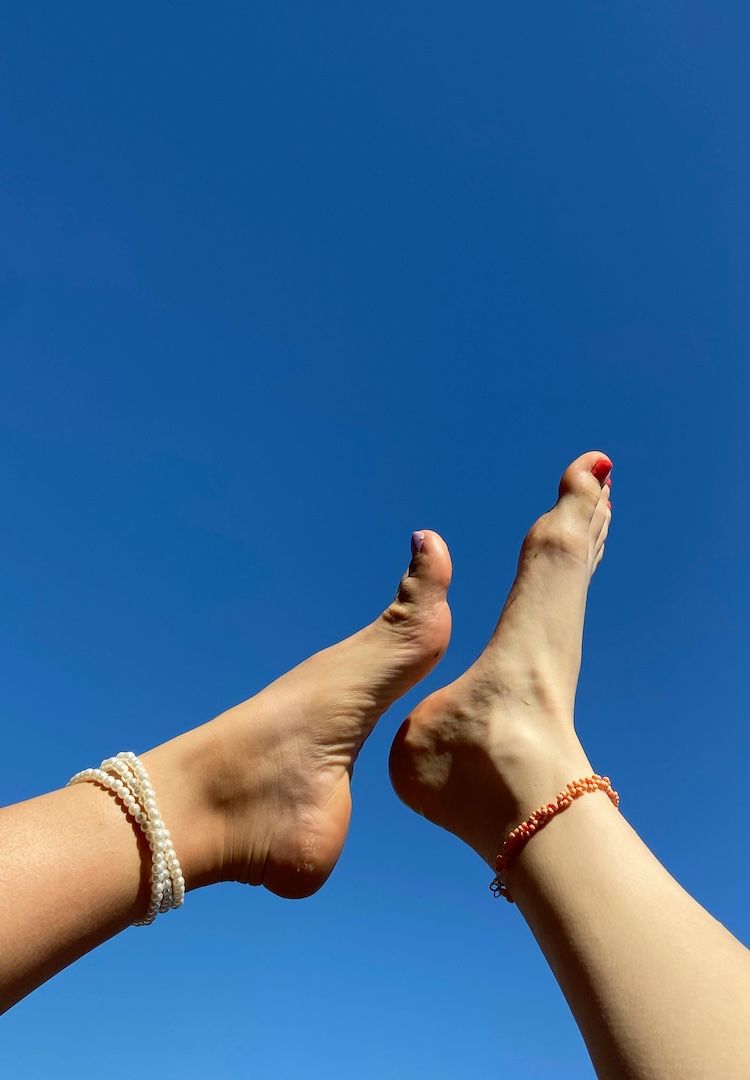An explainer on the female orgasm: How exactly does it work?
IMAGE VIA @parfemme/instagram
WORDS BY EVANGELINE POLYMENEAS
Let’s get that O.
Many have looked far and wide in search of the elusive female orgasm. Those who have experienced one from penetrative sex have the power to congregate vulva owners everywhere to tell the tale of how they reached climax. The journey is filled with awkward moments, queefs and repetitive movement but they’ve lived to tell the tale and the rest of us want answers.
There is a myriad of myths surrounding the female orgasm and an oversaturation of misinformation. When I Googled it, millions of results appeared all promising 11 different types of female orgasms. If there are so many options, why is it so hard to get just one?
Want to stay in the loop with our latest sexual health stories? Head on over to our Life section.
Too many of my friends answer a resounding ‘no’ to the question of whether they orgasmed during their latest sexual escapade, so I spoke to sex and pleasure coach, Clarke Rose, in an attempt to understand why.
“There is a huge orgasm gap. A lot of people with vulvas aren’t cumming,” Clarke tells me. So it’s a national pleasure emergency. Maybe we just don’t know what we’re searching for, so what is an orgasm exactly?
“An orgasm is such an expansive thing to define,” Clarke says. “I like to think of orgasms in a non-clinical sense as a high index of pleasure for anybody who’s feeling it. Technically speaking, it’s a peak of intense pleasure that sometimes creates altered states of consciousness and is usually accompanied by involuntary rhythmic contractions of the pelvic floor.”
Essentially, euphoria. That sounds all well and good, but what about the other 10 orgasms Google promised? I ask Clarke whether there are different sorts of female orgasms and the answer was not what I was expecting.
“Yes and no. Orgasm can be stimulated from different parts of your body, [for example], some people can have an orgasm from their nipples being stimulated, some from anal sex, others from penetration, but they all achieve the same orgasm. It’s not like you have a vaginal orgasm or a clitoral orgasms. They are all the same thing, they are just being stimulated from a different area.”
Clarke notes that only 30 per cent of women can trigger orgasm from internal stimulation and that percentage doesn’t differentiate between whether the penetration was accompanied by clitoral stimulation or not. She attributes this low percentage to differences in anatomy. “It’s a matter of how much your urethral sponge, which sits right about the G-spot, is sensitive and full of erectile tissue.”
Clarke says we tend to hierarchise female orgasms in ways that we don’t with male orgasms. “For a woman, people ask whether they can cum from their clit, or vagina, or whether they can have a nipple orgasm, whereas with men, no one is asking if they had a blowjob orgasm, or a penetrative orgasm – their orgasms just get to be orgasms.”
Penis owners seem to orgasm so easily, so I wondered if there was a difference between male orgasms and female orgasms. “Anatomically speaking it’s super interesting because a person who has a penis, orgasms for biological reasons,” Clarke explains. “They need to orgasm to ejaculate for the sperm to come out and make a baby.”
She goes on to explain that there is no biological need for females to orgasm. At first, this idea might seem anti-feminist, but Clarke explains that it’s actually quite interesting. “When we were foetuses, we were made up of all the same parts [as males], we [females] just develop differently. People with vulvas got this ability to orgasm because men can, which is a fantastic bonus to our sexuality without the pressure of needing to [orgasm] every time or we fail.”
Despite the lack of biological pressure to orgasm, a lot of vulva owners can’t seem to reach climax with partners but have less of a problem on their own. So what’s the barrier that’s stopping many of us from achieving the big O?
“When we are with somebody, other things come up – maybe we are a little bit self-conscious, or afraid to ask for what we want, or are too focused on our partners,” Clarke explains. “Whereas when we are on our own, we can make whatever weird face we want. A lot of women also use toys to masturbate which makes it really easy. However, when you’re with a partner and they are just using their hand or tongue, it doesn’t compare to whatever eight-speed vibrator you have at home. It can be a bit more difficult for your body and mind to recognise that as a trigger for orgasm.”
Although there are definitely micro reasons that could prevent partner orgasms, women’s orgasms have been repressed at a cultural level as well. “Our culture prioritises male anatomy and male pleasure. We all understand the anatomy of a penis, it’s so drilled into our heads, but we don’t understand the anatomy of a vulva. Historically we have repressed women’s sexuality. We want women to be receptive, polite and pleasing and not cause a big fuss,” explains Clarke.
Men have seen themselves in porn and in sex scenes in film and television ask for what they need sexually and receive it. They have heard the language required to ask, but women haven’t. It seems unnatural to ask for what we want, and Clarke says a lot of men probably don’t know how to listen without their ego getting involved.
“If you can’t orgasm and it’s really stressing you out, you’re not alone. There are a lot of women who can’t. Definitely look into seeing a sexologist or a sex coach if it’s something you want to work on,” says Clarke. The female orgasm is complex and it’s complicated, but we all deserve to reach it if we want to.
“Women put a lot of pressure on themselves to orgasm a certain way,” Clarke says. “Whether you cum with a vibrator, or by your hand, or whether you can cum on your own or with a partner – however you orgasm is valid. Period. Don’t put extra stress on yourself to cum upside down with mind stimulation – however you cum is beautiful.”
Want to know more about female pleasure? Head here.













